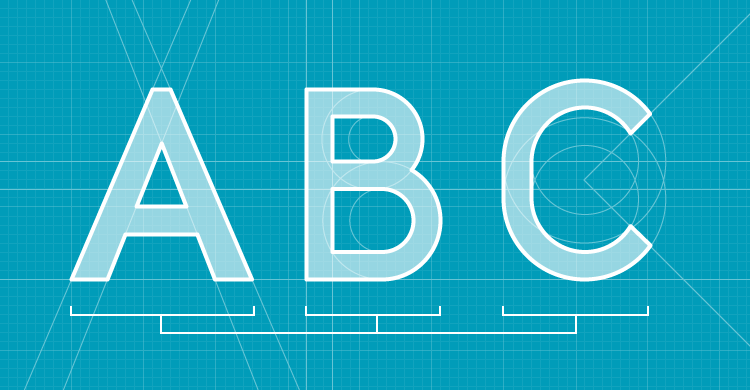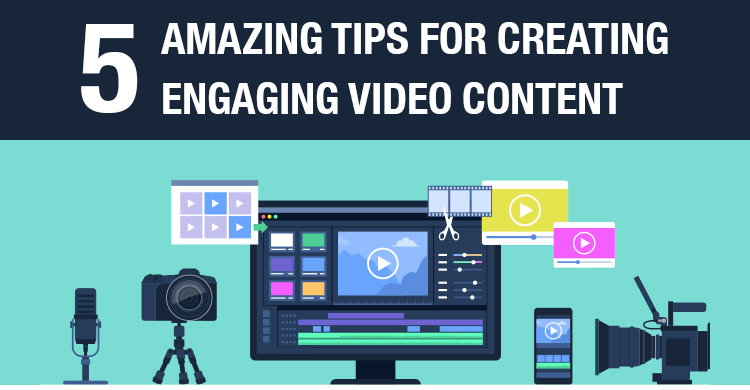(Note: This post is co-authored by Jay McTighe and guest author Greg Curtis.)
Many researchers and authors, both within the field of education and beyond, have made the case for educational change in order to prepare today’s students for the challenges and opportunities they will encounter tomorrow. We agree that education needs to undertake major reform in order to meet the needs of our students, our countries, and our planet in the years to come. In our forthcoming book, Leading Modern Learning: A Blueprint for Vision-Driven Schools (Solution Tree, 2015), we explore a central question: How might we determine and enact needed educational changes in a systemic and lasting way? The book offers a “blueprint” of practical and proven approaches to redesign your educational environment, whether a district, a school, or a single department.
We examine seven key topics framed as questions:
- How do we develop a bold and compelling vision for 21st century learning?
- How do we concretize our vision for 21st century learning into an actionable mission?
- How do we collaboratively plan “backwards” from desired results to purposeful actions?
- What are the building blocks for a modern curriculum, and how do we develop them?
- How do we assess both disciplinary and essential transdisciplinary achievements?
- How do we align instruction practices, resources, and tools with our goals for modern learning?
- How do we communicate student achievement and growth of modern learning?
While the blueprint covers a lot of territory, we would like to explore the first question briefly in this blog. In our experience, the challenge of enacting substantial and needed change in schools starts with a powerful foundation—a vision for the future of learning in your organization.
Traditional strategic planning practices often start with audits and gap analyses of the organization within the present context. Too often, school strategic plans rarely reflect a compelling vision for the future. Instead, they are often concerned with fixing the present, turning a screw here and tightening a bolt there, as opposed to creating a template and vision for a compelling future to guide reform actions.
We propose, as others do, that a compelling vision for the future starts with the end in mind: a concrete, implementable, and forward-looking vision for the future of your organization. Following this backwards design approach, we encourage schools and their communities to invest the time in developing such a future-focused vision to drive their improvement planning.
A “futures visioning process” for achieving a vision for the future is described in some detail in our blueprint.
The process is used in business contexts, and we have experienced success in adapting it to use with schools and districts. Ideally, this process should be undertaken over an extended period of time (six months to a year) with representative groups of stakeholders. Students, parents, teachers, administrators, and external thought leaders can all participate equally.
We propose a practical and proven three-stage process:
1. Develop a Knowledgebase
It is important to stress that a futures visioning process is not about predicting the future. Instead, we explore the potential futures (there are more than one) that may emerge in this complex century. It is essential that the futures visioning team develop a knowledgebase about future trends and drivers of change. Without this knowledgebase, participants may revert to uninformed assumption, personal preference, and past experience. There are many excellent published resources, such as those provided through KnowledgeWorks, which can be read and discussed. You might enlist a speaker for a professional development day and/or an evening meeting for parents. Viewing a series of thought-provoking, futures-oriented TED Talks is a stimulating way to enlist staff and parents in the process. Students can also be engaged and are generally keen to talk about their futures.
2. Generate Scenarios and a Preferred Future
We suggest using various processes to help articulate a preferred or desired future within the complex variables that will dictate how the “real” future emerges. Utilizing a “scenario-based” visioning process, a team can explore the potential implication of multiple drivers of change (such as technology, globalization, employment trends, etc.) on the future and identify a preferred position between the polarities these drivers could represent. One practical tool we present is a four-square matrix through which possible (and preferable) futures can be explored. For example, consider one axis displaying one continuum (e.g., Standardized and Personalized) and the other axis displaying a different continuum (e.g., In-Class Learning and Out-of-Class, 24/7 Learning). Then, the group can explore various points within the matrix and discuss preferable futures for their organization. While this technique may sound somewhat abstract, it has proven to be a very effective way to move from the insights developed in the first step to a more tangible desired end goal.
3. Create Futures Artifacts
The definition of a preferred future must also be made tangible, accessible, and compelling for the entire community. We describe a “futures artifacts” process to help bring a preferred future down to earth and make the vision more concrete. This is a highly collaborative and creative team process. Participants select from a menu of artifacts to construct that represent the core of the desired future and vision. Artifacts such as student schedules from 10 years in the future, future report cards, school designs, magazine covers, and even custom T-shirts and bumper stickers help to “show not tell” the vision through engaging narratives from a student, community, and school perspective. This process and its product can help propel the vision and gain buy-in across the organization and community.
This post has touched on one of the foundational pieces of our blueprint. The book also offers a template for building a modern curriculum and assessment system, and discusses key instructional shifts needed to equip students for futures-oriented learning. We also propose that contemporary schooling demands a transformation of the traditional report card into a more, robust, transparent, and personalized communication system that highlights student growth and achievement of our vision and mission for modern learning.
The book’s title is suggestive. A blueprint lays out the parameters and elements needed to bring a complex architectural design to life. Our blueprint is made up of a sequence of strategies and frameworks to support focused and synchronized change efforts. We hope that you and your colleagues will find it compelling and satisfying.
[author_bio id=”708″]







